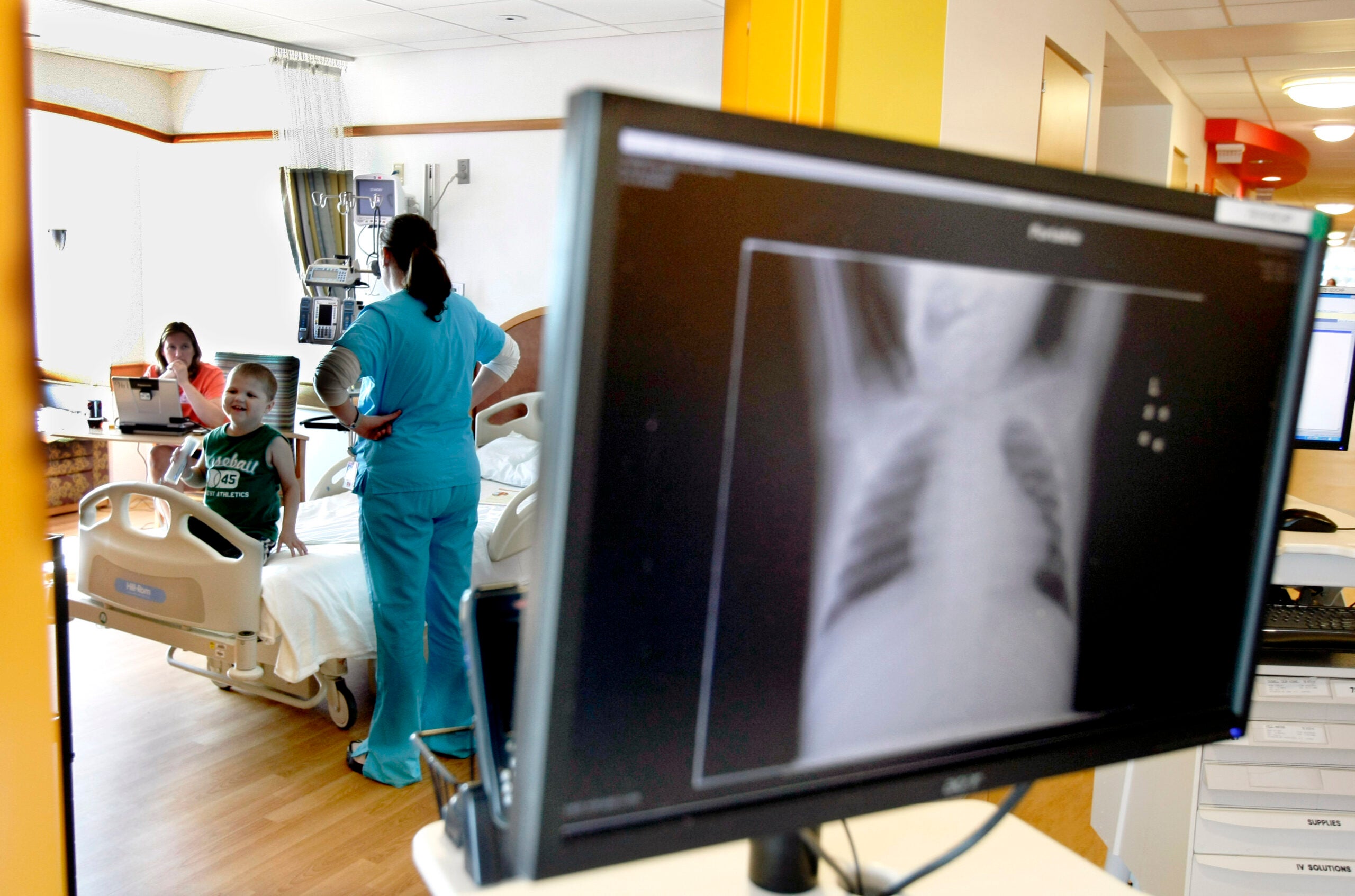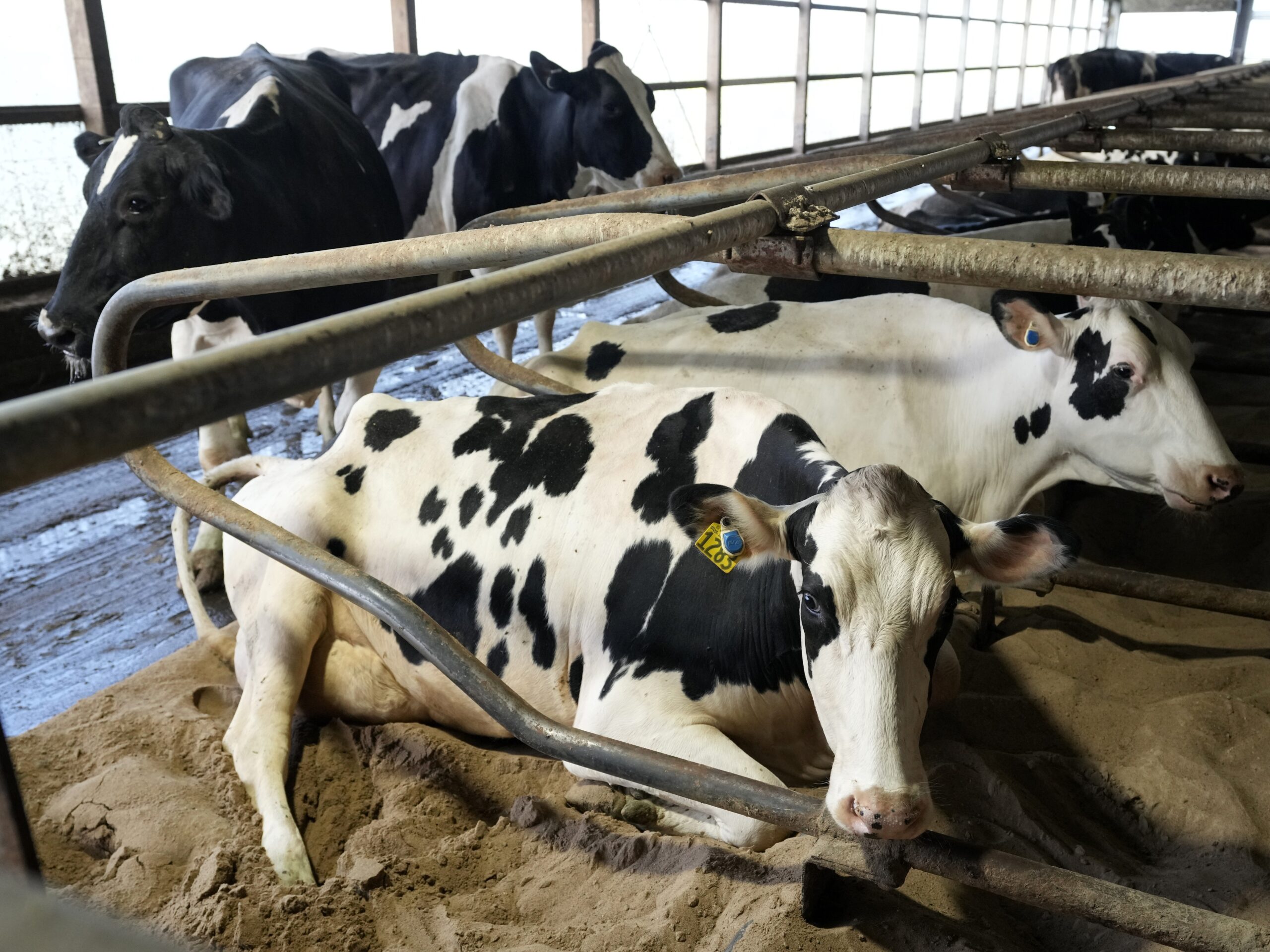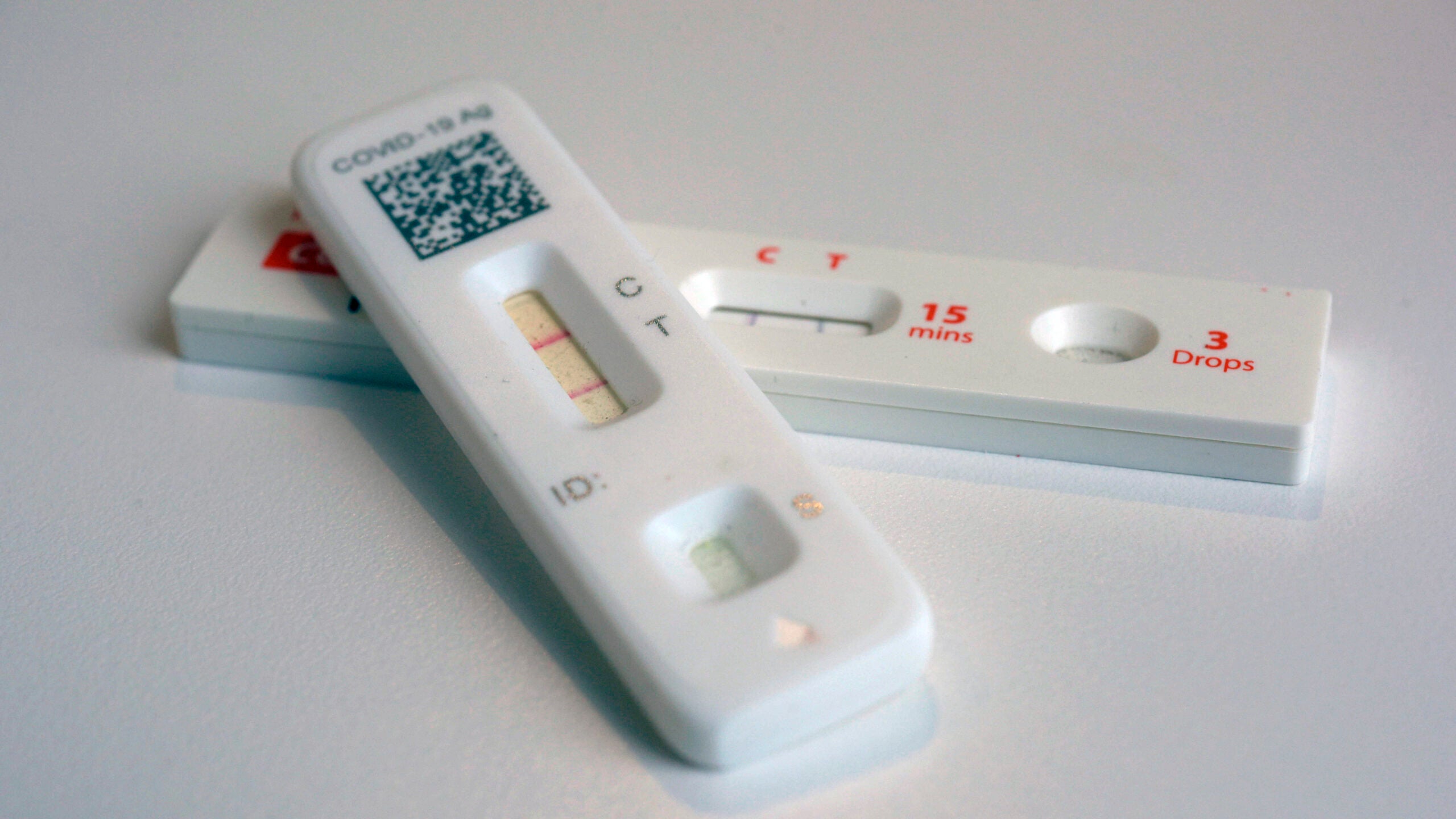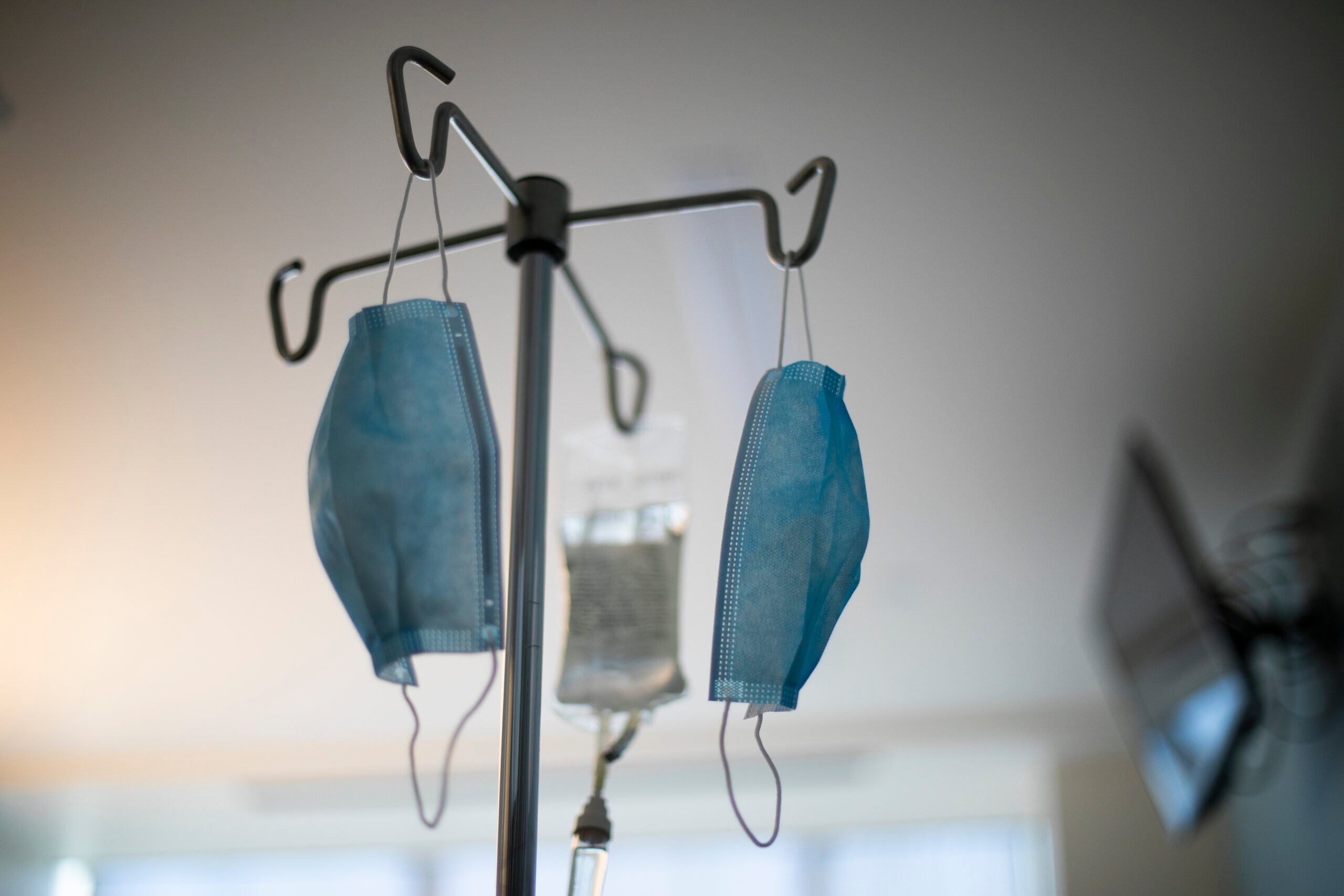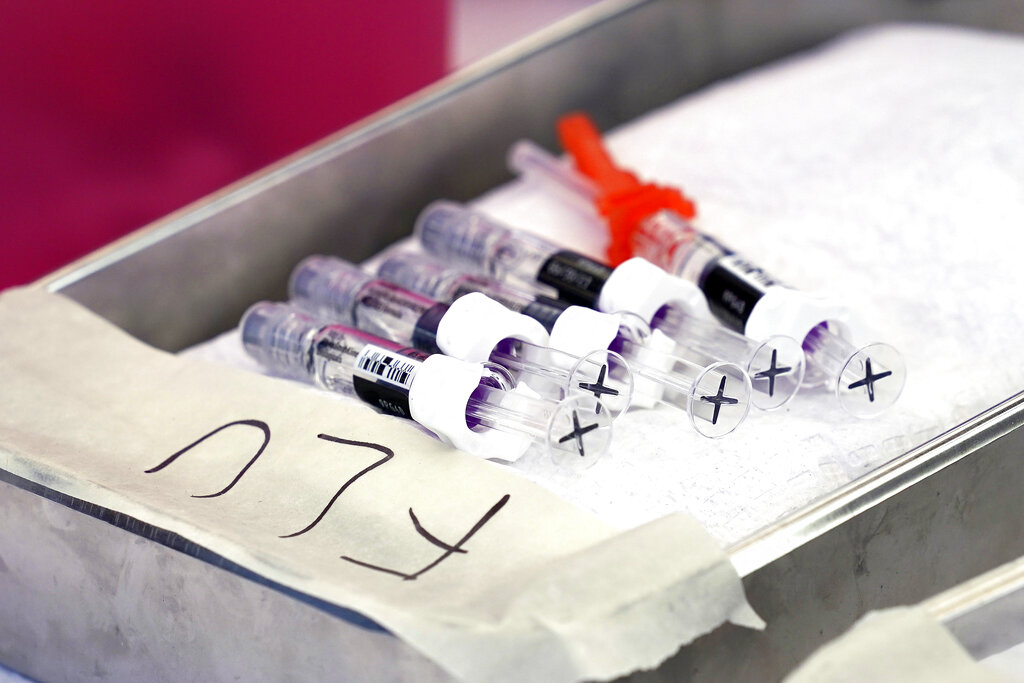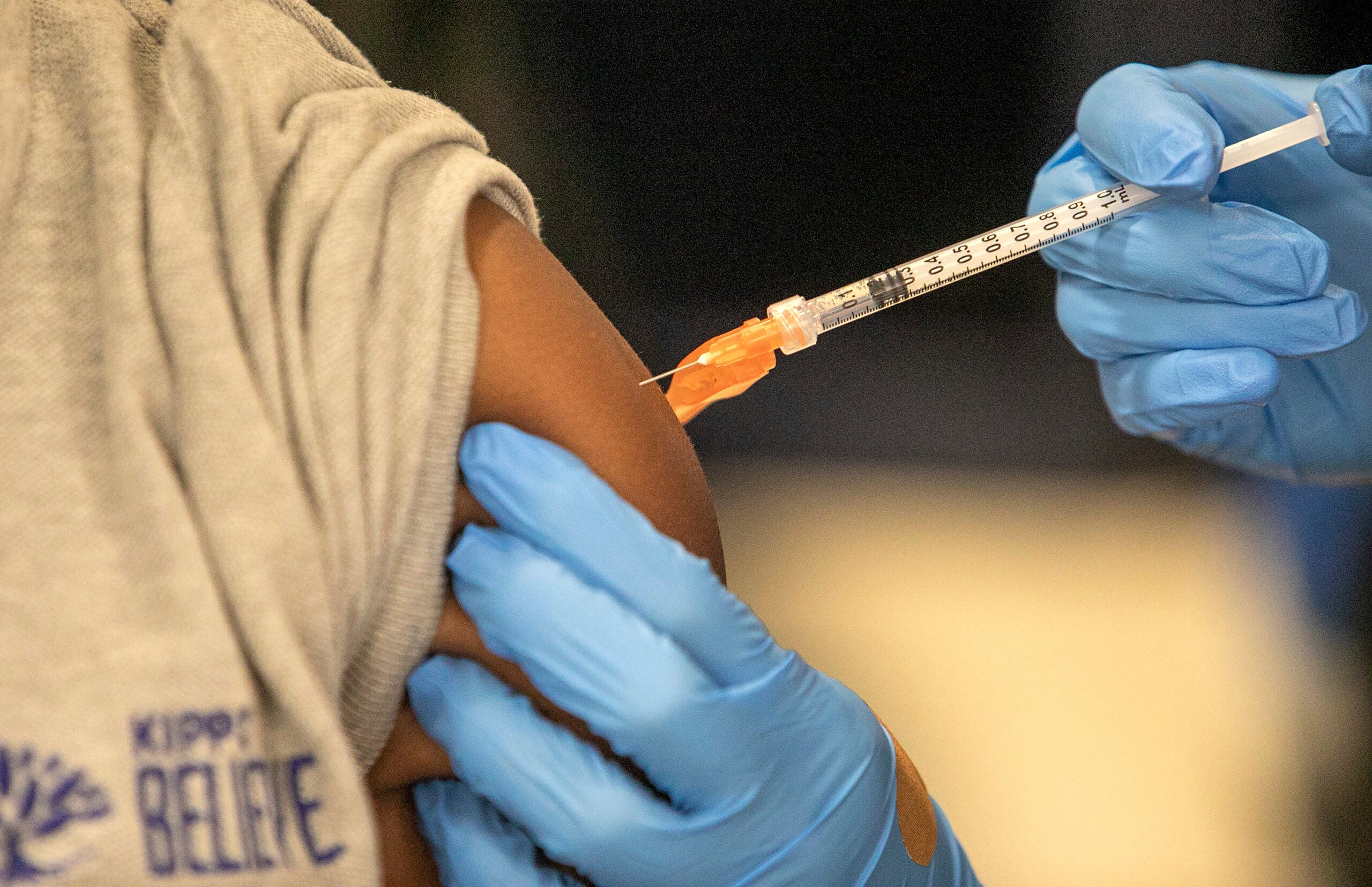Wisconsin is one of 25 states in the country that doesn’t meet a majority of the criteria indicating emergency readiness, according to a report by Trust for America’s Health.
The 10 indicators, or measures, are meant to protect against disease, disaster and bioterrorism.
They include:
Stay informed on the latest news
Sign up for WPR’s email newsletter.
- Public health funding commitments in state public health budgets
- The national health security preparedness index
- Public health department accreditation
- Antibiotic resistance
- Flu vaccination rates
- An enhanced nurse licensure compact
- The United States Climate Alliance
- Public health laboratories (a two-part indicator)
- Paid sick leave laws
The state didn’t increase public health funding, didn’t vaccinate half the population against influenza and hasn’t joined the United States Climate Alliance — of which 14 states are a member.
“This is viewed by many as an important step to help mitigate health and other adverse climate related impacts,” said John Auerbach, president and CEO of Trust for America’s Health.
Also, not all hospitals in Wisconsin are taking steps to curb drug-resistant bacteria, so-called “superbugs.”
According to the U.S. Centers for Disease Control and Prevention, 20 to 50 percent of all antibiotics prescribed in the United States’ acute care hospitals are either unnecessary or inappropriate. At least 70 percent of hospitals in Wisconsin don’t meet core elements of the CDC’s antibiotic stewardship program.
According to the TFAH report, Wisconsin has only achieved three of 10 public health measures, but it should be four. Wisconsin’s governor recently signed a bill entering the state into an updated nurse licensure compact with 26 other states. This makes it easier for nurses to get licensed to practice outside of Wisconsin, and allows them to travel to disaster areas in other states to provide care.
“Some of the states lacking several of the measured indicators have nonetheless done a very good job of protecting the public. However, we believe that the report is necessary in order to provide the public of a better understanding of how well prepared their states and their communities are,” Auerbach said during a teleconference releasing the report Monday.
Auerbach said one of the most effective public health tools — vaccination — is lacking in many states. There is no seasonal flu vaccine that’s 100 percent effective, but it’s still the best way to prevent infection.
Wisconsin’s flu vaccination rate is about 44 percent, the 16th lowest in the country. This may be more problematic this year than in years past, as the flu strain is particularly virulent, and early reports indicate the vaccine is only 10 percent effective. That means this year’s vaccine may not offer protection against many of the strains spreading this season, according to a report published in the New England Journal of Medicine.
A weekly report of flu activity from state health officials through Dec. 9 shows high levels of influenza across the northeastern parts of Wisconsin and moderate levels across the northwestern parts of the state.
The American Academy of Pediatrics encourages widespread vaccination for a number of diseases including influenza, measles, mumps and whooping cough. The organization also provides doctors information on how to persuade parents to vaccinate their children.
“We publish policies on how to have that conversation, how to deal with parents who are completely opposed to any vaccination versus parents who really need a thoughtful, careful conversation to counteract sometimes sensationalist news or what people hear from friends or the internet,” said Dr. Karen Remley CEO and executive vice president of AAP during the teleconference. “The pediatrician’s office is a very trusted place to have that conversation.”
In 2012, Wisconsin experienced a widespread outbreak of pertussis, more commonly referred to as whooping cough. This year, state officials say there have been 492 cases reported so far, with the highest incidence in Oneida, Taylor and Monroe counties. Fifty-one of 72 counties in the state have reported cases of pertussis.
The AAP also aims to close what it says is a gap in vaccines and antiviral medications to treat manmade disasters or infectious disease outbreaks. Many of these medications have only been approved for use in adults or lack an appropriate delivery device such as an auto injector or a liquid form that can be used in children by an emergency responder who is not likely to have any pediatric medical training.
“The nation’s stockpiles and recommended responses to outbreaks or acts of bioterrorism are ill-prepared to address the needs of those we care most about, our children,” said Remley.
In addition to concerns about dosages, she says equipment needs to be different for children in disasters. For instance, child appropriate ventilators.
Wisconsin Public Radio, © Copyright 2024, Board of Regents of the University of Wisconsin System and Wisconsin Educational Communications Board.

